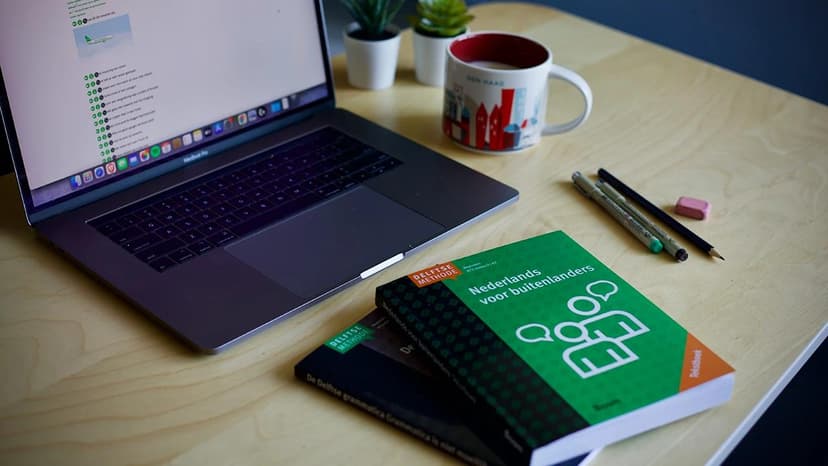Single and Multi-Tenancy in SaaS
What are single-tenancy and multi-tenancy in software as a service (SaaS)? These concepts define how a SaaS provider organizes its infrastructure to serve different customers.
Single-Tenancy: The Exclusive Environment
Single-tenancy is a model where each customer, known as a 'tenant,' has their own dedicated instance of the software and supporting infrastructure. This means each tenant has their own server, database, and application.
The appeal of single-tenancy includes:
- Control: Tenants have complete control over their environment.
- Security: Data and operations are isolated, reducing risks of data leaks or breaches.
- Customization: Tenants can modify the application to fulfill specific requirements.
Multi-Tenancy: The Shared Space
Multi-tenancy features a single instance of the software and infrastructure that serves multiple customers. Each tenant's data and operations are logically separated within this shared system.
Advantages of multi-tenancy consist of:
- Cost-Effectiveness: Sharing resources lowers individual costs for all tenants.
- Ease of Maintenance: Providers can update the application for all customers at once.
- Community Benefits: Tenants can gain from shared feedback and improvements.
Security Considerations
Security is crucial for both models. Single-tenancy offers a high level of security due to its isolated nature. Multi-tenancy requires strong security measures to protect each tenant's data within a shared environment.
Performance and Scalability
Performance may vary between the two models. Single-tenancy can provide better performance since resources are not shared. Multi-tenancy excels in scalability, allowing providers to adjust resources quickly based on customer demand.
Customization vs. Standardization
Single-tenancy is strong in customization. Businesses with unique needs can tailor the software extensively, though this usually comes with higher costs.
Multi-tenancy encourages standardization. While some customization is available, the platform generally serves a wider audience, facilitating broader innovation and improvements across all tenants.
Choosing between single and multi-tenancy depends on business priorities. Single-tenancy offers security and customization for specific needs. Multi-tenancy delivers cost savings, scalability, and a collaborative environment. Each model has its unique advantages, contributing to a diverse SaaS landscape.












